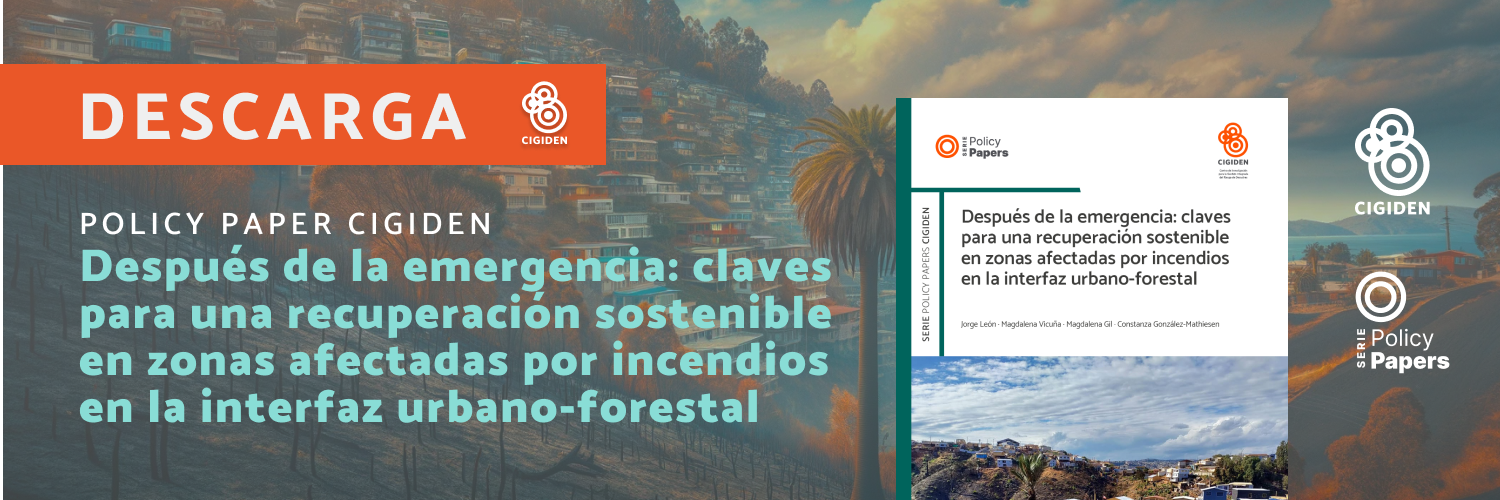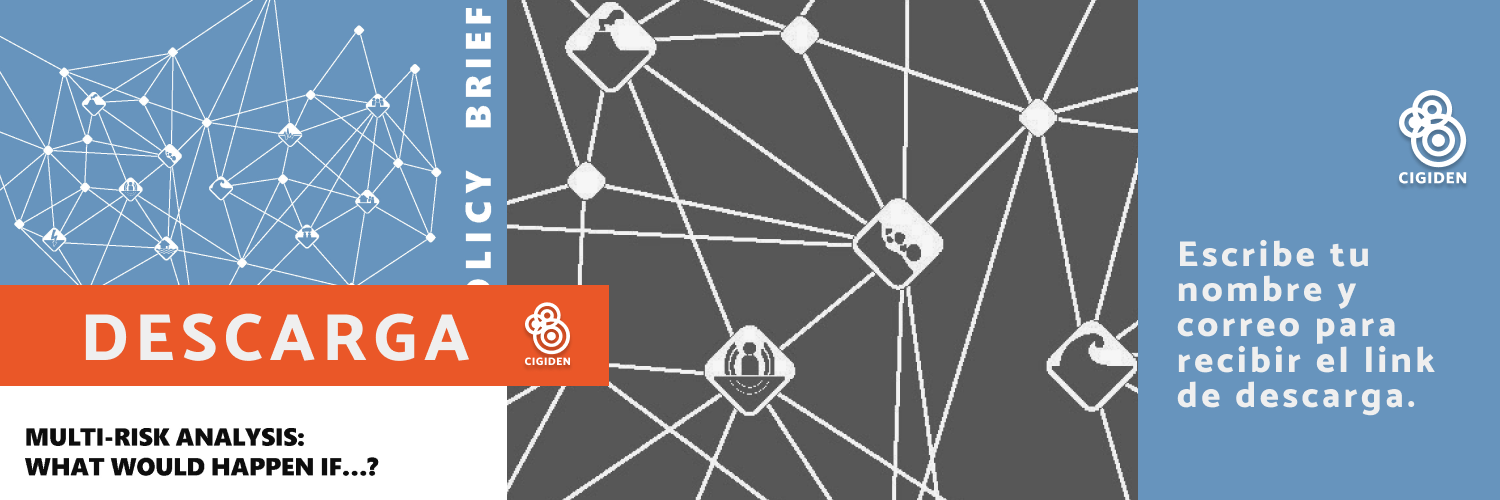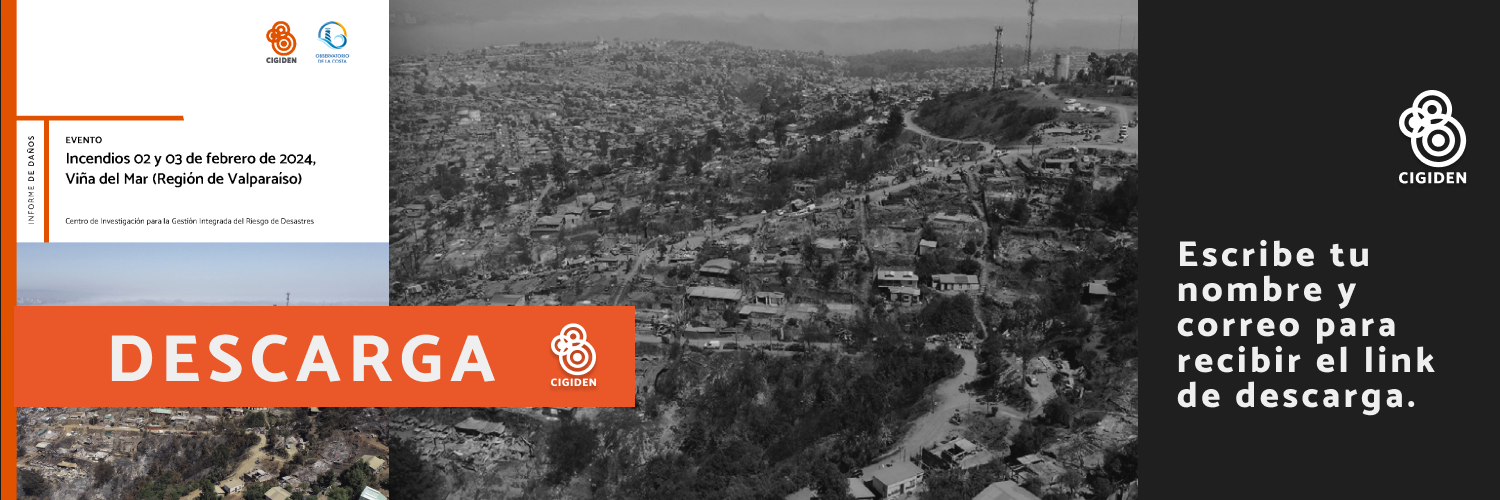CIGIDEN researcher Roberto Benavente, currently assistant professor at the Universidad Católica de la Santísima Concepción (UCSC), presented his research on rapid seismic source modelling during emergencies (modelado rápido de la fuente sísmica en emergencia), aimed at conducting research using Bayesian inference, a methodology that allows capturing, calculating or measuring the uncertainty of seismic sources and tsunamis.
Science also involves uncertainty. This disturbing statement – since scientific answers are always expected to be accurate- is a reality studied by many disciplines developing sophisticated and complex numerical systems.
An area of mathematics known as “inverse problem” is used to connect the information contained in data with physical models explaining them. This study facilitated the design of complex models required to create, for example, sophisticated telescopic lenses capable of adapting themselves to the atmospheric effects for the observation of the universe, and also to obtain images of our body through computerized tomography or TACs. When available data are only able to provide limited information about the phenomenon being studied, calculating the associated uncertainties becomes critical for the proper interpretation thereof. This scenario is very common in geophysics, where only surface information is available, to make inferences about phenomena taking place many kilometers below the surface.
Inverse problem has allowed earth sciences to characterize natural hazards, and they even made possible the calculation of the spatial distributions of earthquake ruptures. Thanks to this, we have been able to use plausible seismic rupture scenarios for the study of potential tsunami hazards. Although a rapid characterization of the seismic rupture can be crucial when responding to an emergency, methods quantifying uncertainty usually require great computational power and they tend to be ignored. A similar thing happens with tsunami source modelling.
Seismic Uncertainty
In this line, CIGIDEN researcher Roberto Benavente -currently assistant professor at the Universidad Católica de la Santísima Concepción (UCSC)- presented his research on rapid seismic source modelling during emergencies, at the Universidad Católica. This study, conducted with other scientists of the center, is aimed at developing research with Bayesian inference, a methodology that allows capturing, calculating or measuring the uncertainty of seismic sources and tsunamis, generated in earthquakes in subduction zones, which are the most severe.
According to the researcher, uncertainty must be understood as an essential part in the characterization of earthquakes: “Understanding that there are limitations in seismic data regarding the distribution or rupture of the fault is essential to make a realistic forecast and a simulation that helps authorities make the best decisions during an emergency, since information on the affected areas would be more detailed and reliable”.
Roberto Benavente lists some key decisions made on the basis of incomplete knowledge. This is the case of the 27F Earthquake, where authorities were unable to act in a timely manner because they ignored the real extent of the impact of the earthquake and tsunami. Benavente affirms that “CIGIDEN is committed to permanently help improve the calculation methods to characterize earthquakes and tsunamis. This, because our territory is located in a seismogenic area, i.e., places where the largest earthquakes occur, and also because we understand that improving calculation bases for simulations during emergencies might mitigate the devastating consequences of these disasters”.










